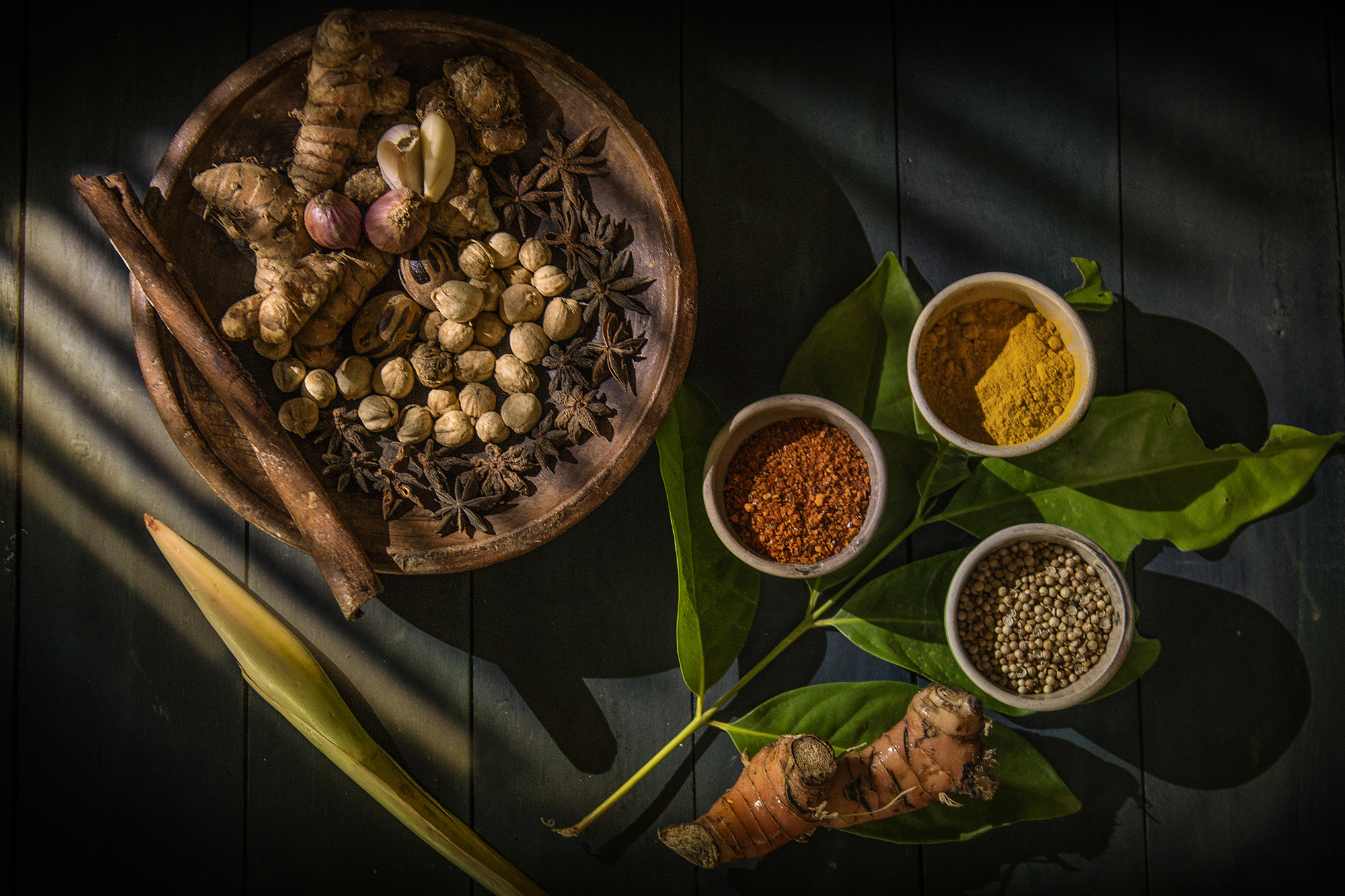Spices and Stories: Exploring the Exquisite Cuisine of India – India, a land of diverse cultures and traditions, is also known for its rich and varied cuisine. The tantalizing aromas, vibrant colors, and explosive flavors of Indian food have enchanted taste buds around the globe. In this culinary journey, we will delve deep into the world of Indian spices and the fascinating stories they tell through each dish.
The Spice Trail: A Historical Prelude
To truly understand Indian cuisine, we must embark on a historical journey. India’s spice trade dates back to ancient times when traders from around the world sought these prized treasures. From the aromatic cardamom of the Western Ghats to the fiery red chilies of the Deccan Plateau, the geographical diversity of India contributed to its spice wealth.
A Symphony of Flavors: The Core Spices
Turmeric – The Golden Spice
Turmeric, with its vibrant golden hue, is more than just a spice; it’s a symbol of health and prosperity. Used extensively in Indian cooking, it adds color and a subtle earthy flavor to dishes.
Cumin – The Fragrant Seed
Cumin, with its warm and nutty aroma, is a staple in Indian cuisine. It forms the base for many spice blends and adds depth to curries and rice dishes.
Coriander – The Fresh Herb
Coriander, in both its seed and leaf form, is essential in Indian cooking. The seeds bring a citrusy note to dishes, while the leaves, known as cilantro, provide a burst of freshness.
Regional Diversity: The Culinary Tapestry
North vs. South: Contrasting Delights
The northern part of India is known for its rich, creamy gravies and tandoori delights, while the southern states sizzle with spicy curries and rice-based dishes.
East Meets West: Fusion Flavors
In the eastern part of India, you’ll find a unique blend of flavors influenced by neighboring countries like Bangladesh and Myanmar. Seafood takes center stage here.
Westward Bound: The Royal Rajasthani Spread
The western state of Rajasthan boasts a royal cuisine filled with decadent sweets, succulent kebabs, and fiery curries.
Culinary Stories: Beyond Taste
Masala Chai – A Cup of Warmth
Indian cuisine isn’t just about food; it’s about the stories woven into each dish. Masala chai, a blend of spices and tea leaves, is a comforting beverage that symbolizes hospitality and warmth.
Biryani – A Mughal Legacy
The aromatic biryani, with its layers of fragrant rice, succulent meat, and spices, tells the tale of India’s cultural exchange with the Mughal dynasty.
The Modern Twist: Fusion and Street Food
Chaat – The Tangy Temptation
Indian street food, or chaat, is an explosion of flavors in every bite. It’s a testament to how Indian cuisine continues to evolve, blending tradition with innovation.
Butter Chicken Pizza – A Delicious Fusion
Yes, you read that right! Indian cuisine has gone global, with creative fusions like butter chicken pizza, showcasing the adaptability of Indian flavors.
Cooking with Love: The Family Bond
Family Recipes – Treasures Passed Down
In Indian households, recipes are more than just instructions; they’re heirlooms. Each family has its unique way of preparing traditional dishes, ensuring that the legacy lives on.
Festivals and Feasts
Indian festivals are synonymous with feasting. Whether it’s Diwali sweets or Holi snacks, each festival brings its own culinary delights.
The Grand Finale: Desserts and Sweets
Gulab Jamun – Sweet Spheres of Happiness
Gulab Jamun, a beloved Indian dessert, represents the sweet moments in life. These syrup-soaked dough balls are irresistible.
Rasgulla – A Divine Delicacy
Rasgulla, made from soft cheese dumplings soaked in sugary syrup, is a symbol of purity and devotion in Indian culture.
Conclusion
In the world of culinary arts, Indian cuisine stands as a masterpiece. It’s a blend of history, culture, and love, woven together by an array of spices. From the streets of Mumbai to the royal courts of Rajasthan, the exquisite cuisine of India continues to captivate hearts and taste buds alike.
FAQs
1. What makes Indian cuisine unique?
Indian cuisine is unique due to its diverse flavors, extensive use of spices, and regional variations. It offers a wide range of vegetarian and non-vegetarian dishes, making it a culinary delight for everyone.
2. Are Indian spices only about heat?
No, Indian spices offer a wide spectrum of flavors, from earthy and mild to fiery and pungent. They are used to enhance the taste and aroma of dishes, not just to add heat.
3. What’s the significance of Indian sweets in celebrations?
Indian sweets, or mithai, hold a special place in celebrations as they symbolize joy and prosperity. They are exchanged as gifts and served during festivals and special occasions.
4. Can I replicate Indian dishes at home?
Absolutely! Many Indian recipes are accessible to home cooks. Start with simple dishes and gradually explore more complex ones to enjoy the richness of Indian cuisine.
5. How can I learn more about Indian cooking techniques?
There are numerous resources available, including cookbooks, online tutorials, and cooking classes, to help you learn about Indian cooking techniques and master the art of Indian cuisine.




